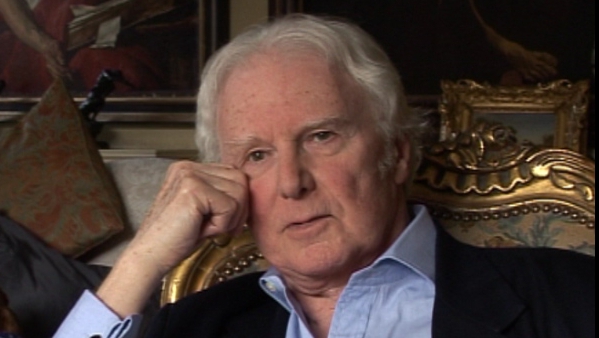NEXT STORY

Exposing forgery in art
RELATED STORIES

NEXT STORY

Exposing forgery in art
RELATED STORIES


|
Views | Duration | |
|---|---|---|---|
| 61. What it means to be an Old Masters drawing expert | 238 | 05:04 | |
| 62. Knowing how to spot a forgery | 258 | 04:06 | |
| 63. Copies, imitations and attribution | 200 | 02:14 | |
| 64. Exposing forgery in art | 284 | 03:05 | |
| 65. Difficult days at Christie's | 251 | 04:45 | |
| 66. A faked van Dyck causes confusion | 254 | 03:29 | |
| 67. Being ill-used by Christie's | 260 | 05:10 | |
| 68. Why I left Christie's | 288 | 05:36 | |
| 69. Moving from the art market to art criticism | 235 | 02:02 | |
| 70. Speaking out in defense of the truth | 274 | 04:10 |


Yes, there is a wonderful moment of excitement in looking at something that purports to be Rubens and it isn’t a Rubens, and it isn’t a Rubens, because it’s a copy by Delacroix, because Delacroix has made subtle alterations and so on. It tells you so much about Delacroix. It might not tell you anything about Rubens. And it’s only the surface of it, the subject that has given you the misleading thought that it is Rubens.
I have a little painting, of which I’m very fond, by Matthew Smith, and it’s after Delacroix, so it does exactly the same thing. It tells me so much more about Matthew Smith than it does about Delacroix. There’s a painting there which is a copy of Ribera, by Glyn Philpott, and it’s a very instructive little thing about Philpott, and you look at it and you say, but this is a Ribera composition, this is Ribera colour and so on, but it’s not Ribera’s scale and it can’t possibly be Ribera, it… just look at it. And then you have to do this… and sometimes it’s the most difficult work in the world to… when you have one really good painter working on another really good painter, because the qualities of both are coming into play and lending confusion. Then you need some kind of proof, which will be either documentary or a letter recording something, or, as in the case of the Philpott, there’s an inscription on the back... his signature.
So no, that’s… but that’s an entirely different matter from the forger who is setting out to deceive.
Born in England, Brian Sewell (1931-2015) was considered to be one of Britain’s most prominent and outspoken art critics. He was educated at the Courtauld Institute of Art and subsequently became an art critic for the London Evening Standard; he received numerous awards for his work in journalism. Sewell also presented several television documentaries, including an arts travelogue called The Naked Pilgrim in 2003. He talked candidly about the prejudice he endured because of his sexuality.
Title: Copies, imitations and attribution
Listeners: Christopher Sykes
Christopher Sykes is an independent documentary producer who has made a number of films about science and scientists for BBC TV, Channel Four, and PBS.
Tags: Peter Paul Rubens, Eugène Delacroix, Sir Matthew Smith, Glyn Philpot, Jusepe de Ribera, Lo Spagnoletto
Duration: 2 minutes, 14 seconds
Date story recorded: April 2013
Date story went live: 04 July 2013